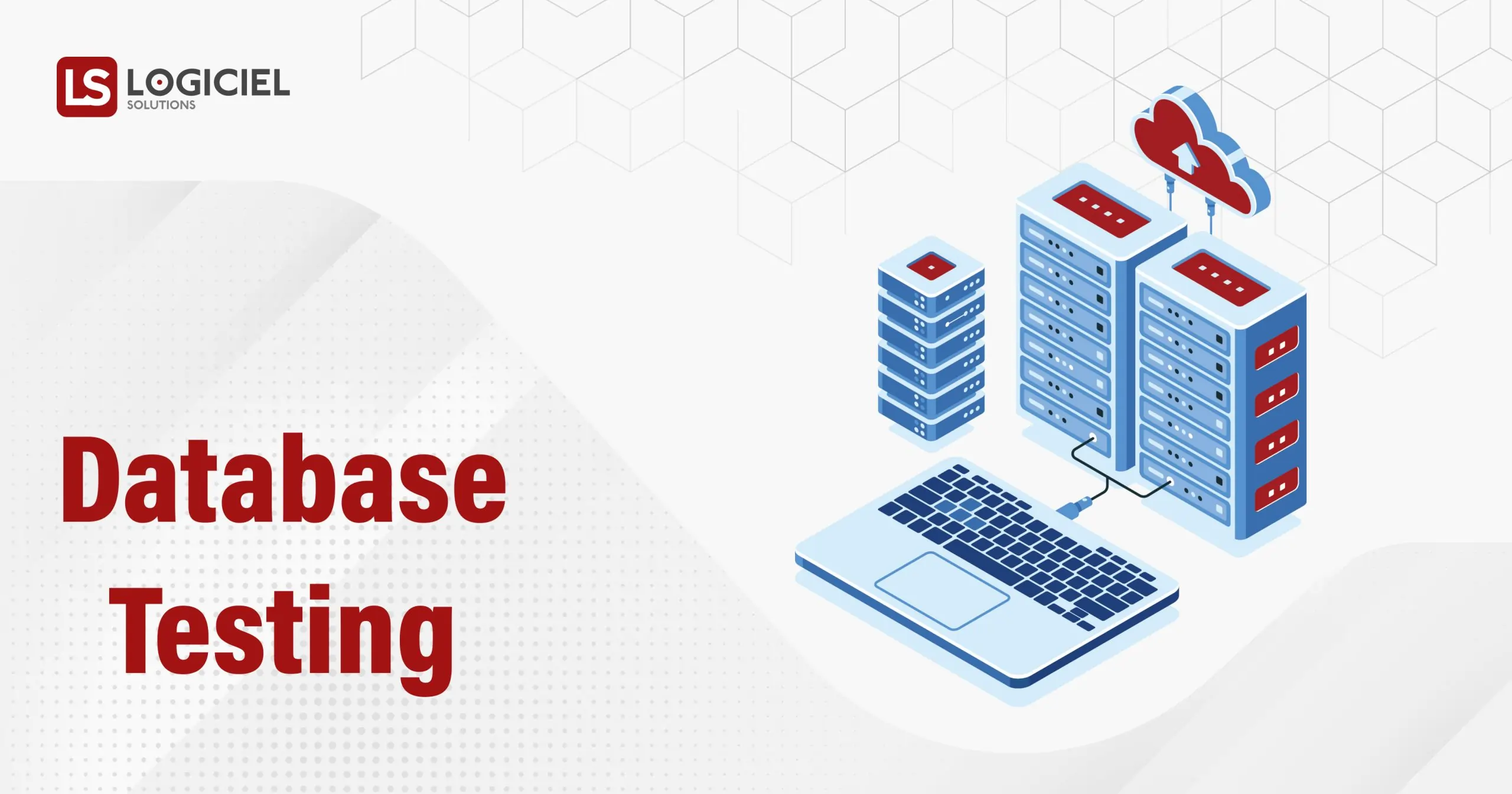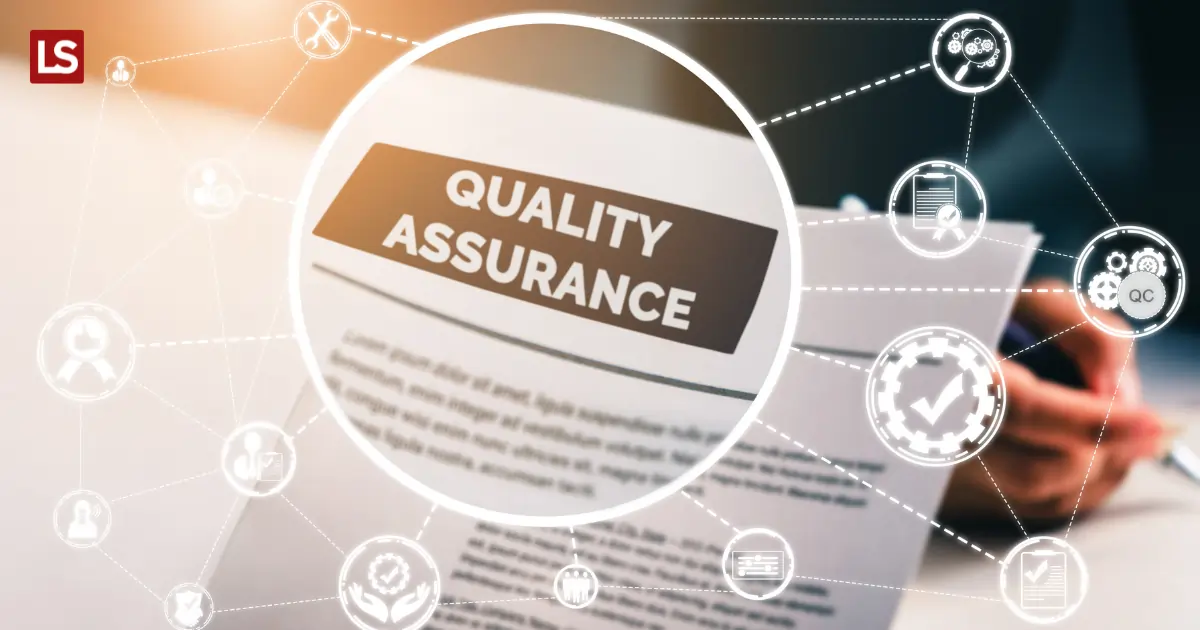In software testing, the roles of QA Engineers and Testers are often interchanged, leading to confusion for many. In this article, we will dissect the distinctions between these roles and shed light on their respective responsibilities within an organization.
To navigate this landscape effectively, grasping the nuanced disparities between Test Specialists and Quality Assurance Engineers is crucial. This knowledge will serve as a valuable reference point for those currently in these roles or seeking to fill them within their organization.
Let’s explore in-depth the roles of a QA Engineer and a Tester.
What is a QA?
A Quality Assurance (QA) professional oversees every facet of the product development process, from design to testing, ensuring meticulous control at every stage. The primary responsibility of a QA is to ensure that the end product aligns with the client’s specifications while maintaining the integrity of critical phases. In essence, a QA diligently seeks enhancements for the product before it reaches its final iteration.
What is a Tester?
A tester is responsible for rigorously assessing every phase of a product’s development; their primary objective is to ensure the absence of bugs or errors in the final product or software iteration. The tester serves as a critical checkpoint for identifying and rectifying imperfections in the team’s work and product development process.
QA vs. Tester: A Concise Comparison
Quality Assurance (QA) and Testing are two integral components, each playing a unique role in ensuring the quality of a product. QA is focused on the entire development process, from design to implementation. They establish standards, procedures, and methodologies to guarantee that the final product meets the required quality criteria. On the other hand, testers specialize in executing test cases and scenarios to identify bugs and issues in the software. Their primary responsibility is to validate the functionality and performance of the product. While both roles collaborate closely, QA takes a broader approach, overseeing the entire development lifecycle, while Testers focus on specific testing processes to ensure a robust and error-free product.
Quality Assurance (QA)
- Oversees the entire product development process, ensuring it aligns with established standards and procedures.
- Their primary responsibility is to enhance the overall product development process by implementing improvements and best practices.
- QA team members are pivotal in the core product development team, contributing to quality assurance throughout the process.
- They are dedicated to maintaining and upholding product quality by conducting thorough verifications using various processes.
- Proactively, QA aims for a seamless, bug-free process, ensuring high-quality outputs.
Tester
- Focus on the final product review, diligently identifying and rectifying bugs or errors in the product.
- They concentrate on end-to-end bug finding and fixing, ensuring the final product meets quality standards.
- Testers are an integral part of the team dedicated to resolving bugs and errors in the product development process.
- They work attentively within a specific team, saving their efforts to bug detection and timely resolution.
- They are responsible for product validation, ensuring the final output meets the required specifications.
QA & Tester
| QUALITY ASSURANCE (QA) | TESTER |
|---|---|
| Verifies that the development process aligns with the established standards. | Validate that the final product meets the specified requirements. |
| Process-oriented, focusing on the overall improvement and adherence to standards. | Product-oriented, ensuring the final product’s quality. |
| serves as a managerial tool, overseeing and implementing processes. | functions as a corrective tool, identifying and rectifying defects in the final product. |
Roles and Responsibilities of a QA and a Tester in Software Development
The roles of a Quality Assurance (QA) professional and a Tester are crucial yet distinct. Each plays a vital part in ensuring the quality and functionality of the final product. Let’s explore their specific responsibilities and behaviors.
Roles and Responsibilities of a QA
1. Documentation Management
Creating standardized documents to streamline workflows within the team.
2. Testing Execution
Conducting manual and automated testing, ensuring the software meets the defined criteria.
3. Stakeholder Collaboration
Engaging with stakeholders to comprehend software development requirements and expectations.
4. Metrics Tracking
Monitoring quality metrics to assess and improve the development process.
5. Automated Testing
Implementing automated test scripts to enhance testing efficiency.
6. Issue Resolution
Analyzing test outcomes, identifying and resolving bugs, and addressing user behavior concerns.
7. Collaboration with Teams
Working closely with both product development and testing teams to align efforts with project timelines.
8. Feature Analysis
Thoroughly evaluating product features, suggesting necessary changes to meet final product expectations.
9. Market Awareness
Staying abreast of industry trends and challenges to ensure the product remains competitive.
Roles and Responsibilities of a Tester
1. Compliance and Safety Checks
Ensuring software development adheres to industry norms and safety measures.
2. Workflow Understanding
Gaining a deep understanding of the team’s processes for adequate review and rectification.
3. Test Process Development
Creating and refining various testing processes to validate software functionality.
4. Test Case Creation
Developing test cases aligned with user requirements to assess product performance.
5. Problem-Solving
Cultivating a problem-solving mindset and proactively addressing core challenges.
6. Testing Frameworks
Designing testing frameworks based on methodology and strategies and regularly analyzing their effectiveness.
7. Documentation
Thoroughly documenting testing methods and results for reference and reporting.
8. Client Requirements
Ensuring every step of software development aligns with client requirements, with careful consideration of team dynamics.
Work Behavior Differences
1. Communication Skills
Both roles require strong communication skills to foster confidence and efficiency in the workplace.
2. Reporting Structure
Testers report directly to QAs, while QAs report to project managers, providing comprehensive team performance summaries.
3. Task Reviews
QAs review the work of Testers, focusing on tasks related to bug identification and resolution. QAs themselves are subject to performance reviews by project managers.
4. Progress Measurement
Monitoring and reporting progress is critical in both roles, allowing project managers to take proactive measures for project success.
Final Words
The synergy between the roles of QA and Tester is vital for achieving high-quality software development. Their distinct functions, when harmoniously integrated, lead to successful project outcomes. It is imperative, particularly in the IT sector, to clearly understand these roles to ensure efficient project management. Addressing misconceptions surrounding these roles is essential in harnessing the right skills and expertise for optimal project results. Remember, a well-coordinated QA and Tester team is the backbone of any successful software business.




